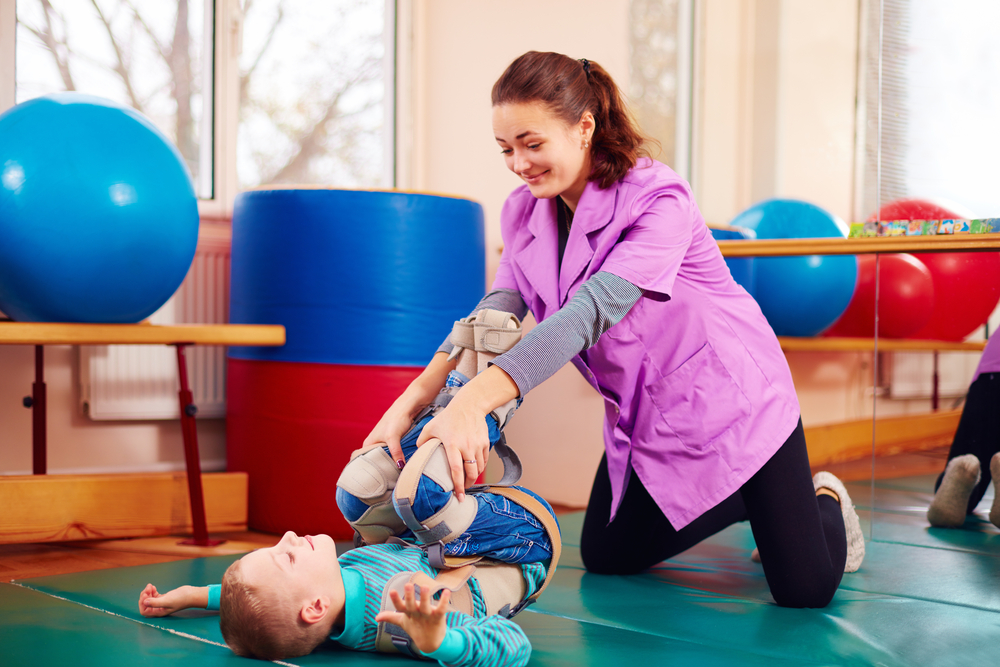Resistance Training Improves Strength, Motor Function of Children with CP, Analysis Concludes

Resistance training exercises can improve muscle strength and motor skills in children with cerebral palsy (CP), according to a recent review study.
More studies, however, are necessary to understand the clinical relevance of the results and find the best training regimens, researchers noted.
The study, “Impact of Resistance Therapy on Motor Function in Children with Cerebral Palsy: A Systematic Review and Meta-Analysis,” was published in the International Journal of Environmental Research and Public Health.
Current evidence suggests that muscle weakness associated with CP may contribute to disability to a greater extent than spasticity (muscle stiffness), which is one of the most common problems for those with a neurological disease.
In the past, clinicians thought that using resistance training, also known as strength training, to improve patients’ motor function could aggravate spasticity. Resistance training is a type of physical exercise that induces muscular contraction and builds muscle strength, endurance and mass.
Overall, 384 children were included in the studies. These children varied in their gross motor skills: from patients who were able to walk and climb independently up to children who had some difficulty walking and balancing and needed some assistance for mobility (railing, hand-held device or wheelchair for longer distances).
The training programs tested varied between trials, ranging from progressive strength training (constantly increased to facilitate adaptation), a table of resistance exercises, functional training (performing work against resistance), and exercises on a static bicycle.
Motor effects were assessed using tests to measure gross motor functions, including lying, sitting, crawling and kneeling, standing, walking, running and jumping, as well as balance and strength. Tests included the Gross Motor Function Measure (GMFM), Lateral Step Up (LSU), Timed Up and Go (TUG), and Mobility Questionnaire (MobQue).
The pooled analysis favored the use of resistance therapy to improve muscle strength in children with CP. Moreover, it pointed to strength training as a way not only to reduce muscle weakness, but also improve children’s physical capacities and mobility.
However, researchers warn that the benefits measured may be overestimated due to publication bias, meaning a greater tendency to publish trials that demonstrate a positive effect, in contrast to those that show no — or negative — effects.
“All future randomized controlled clinical trials should be registered and published to address this issue. Future studies should also analyze the clinical relevance of the results, examining the most optimal regimens in terms of duration of therapy, number of sessions, duration of each session, and type of intervention protocol used,” the researchers concluded.


